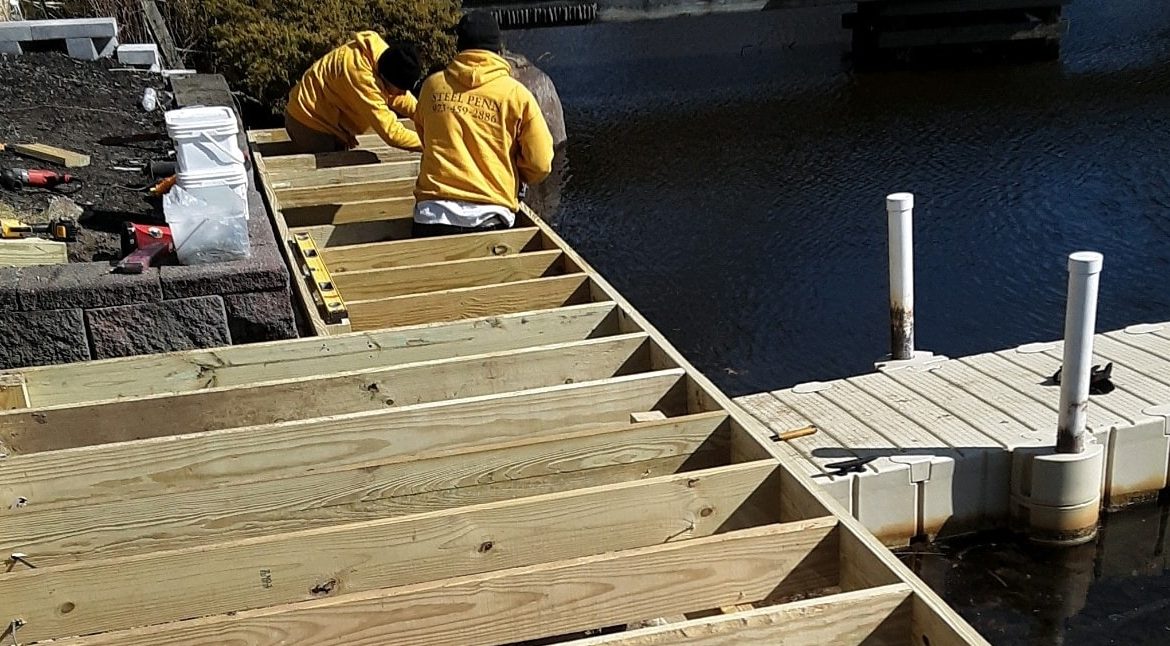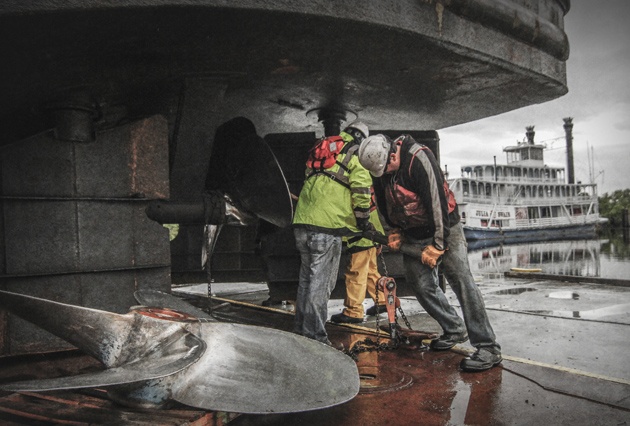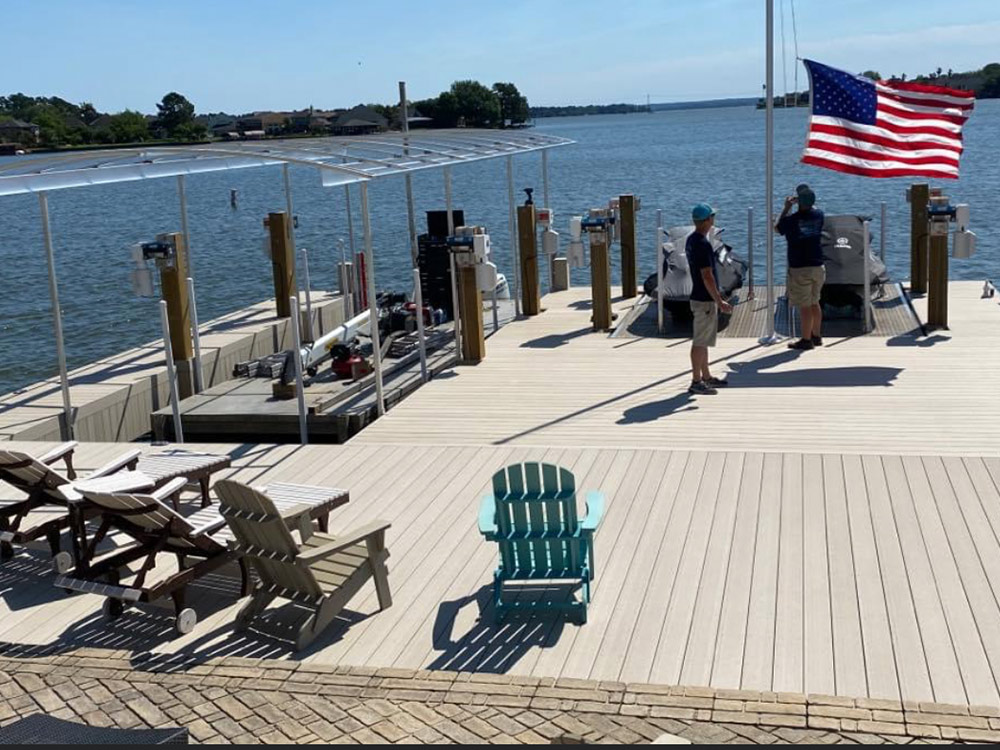Understanding the Expenses Associated With Dock Repairs
Understanding the Expenses Associated With Dock Repairs
Blog Article
Reliable Dock Repair Techniques: Ensuring Structural Stability
Making sure the structural stability of anchors with efficient repair service strategies is extremely important for the longevity and safety of aquatic facilities. This involves a multi-faceted method starting with extensive evaluations utilizing sophisticated innovations like sonar tools and from another location ran automobiles (ROVs) to identify both noticeable and hid problems. Subsequently, selecting the right repair work materials, such as composite materials and corrosion-resistant alloys, is vital for durability. Structural support approaches, including the implementation of cross-bracing systems and load-distribution plates, play a vital duty in mitigating stress and anxiety factors. Nevertheless, the significance of these techniques comes to be evident when checking out sophisticated repair work methods and preventative upkeep methods.
Assessing Dock Damage
Evaluating dock damage is an important initial action in guaranteeing the structural stability and safety and security of any docking facility. Key facets to check out consist of the dock's structure, pilings, outdoor decking, and hardware (Dock Repairs).
Structural engineers or qualified assessors normally execute these assessments using specialized methods and tools. Underwater evaluations might employ sonar equipment or remotely operated automobiles (ROVs) to detect submerged damage. Above water, visual evaluations are matched by utilizing wetness meters and other diagnostic tools to reveal underlying problems not right away visible to the naked eye.

Deciding On Repair Work Materials
Picking the appropriate repair work products is a crucial action in the dock restoration process, one that directly affects the long life and efficiency of the repaired structure. Material selection need to be driven by variables such as environmental conditions, load-bearing demands, and compatibility with existing dock parts. Wood is a typical choice for anchors due to its all-natural strength and visual allure. Choosing the best type of wood, such as pressure-treated lumber or normally rot-resistant varieties like cedar or teak wood, is vital to stand up to marine settings.
Along with timber, composite materials are progressively prominent because of their toughness and low upkeep demands. Composites, typically made from a mix of plastic and wood fibers, provide outstanding resistance to rot, bugs, and UV damage. For steel anchors, choosing corrosion-resistant alloys such as galvanized steel or marine-grade aluminum is crucial to stop rust and make certain structural integrity in saline water conditions.
Epoxy resins and marine-grade sealants are vital for fixing fractures and securing joints, offering a water resistant barrier and improving the dock's total strength. By carefully picking premium products, dock repair work can accomplish durable results, consequently guarding against future deterioration and making certain safe, reputable usage.
Structural Reinforcement Methods
Reliable architectural reinforcement techniques are vital in making certain the security and longevity of dock repair work. One essential approach entails using steel or composite support bars (rebar) within concrete structures. Rebar gives added tensile strength, avoiding fractures and dispersing loads a lot more equally. This method is specifically efficient for docks revealed to hefty lots or rough environmental problems.
An additional necessary method is the application of fiber-reinforced polymers (FRP) These materials offer high strength-to-weight proportions and superb resistance to deterioration, making them excellent for strengthening wood or concrete docks. FRP can be used in sheets or strips and adhered with epoxy materials to improve architectural honesty.
Bracing and anchoring systems also play a critical function in structural support. Cross-bracing, utilizing metal or wood light beams, can neutralize lateral pressures, minimizing swaying and activity. Anchoring systems, such as helical piers or driven heaps, give a steady structure by moving tons to deeper, much more secure soil layers.
Lastly, the integration of load-distribution plates can assist distribute weight a lot more evenly throughout the dock's surface area, minimizing localized stress factors. These techniques jointly ensure that anchors remain durable and safe, with the ability of withstanding the roughness of their operational atmosphere.
Advanced Repair Techniques

Another advanced technique involves underwater welding, which enables for repair services to be carried out without the requirement to dewater the location. This approach is specifically useful for dealing with structural problems in submerged dock elements, making certain marginal disruption to procedures. Enhanced welding techniques, coupled with robotic systems, deliver accuracy and integrity, therefore expanding see this website the life-span of the dock.
In addition, cathodic security systems are carried out to avoid rust in metallic dock frameworks. By utilizing sacrificial anodes or pleased present systems, these methods efficiently reduce the electrochemical processes that lead to material wear and tear.
Lastly, progressed monitoring technologies, such as architectural health and wellness monitoring (SHM) systems, provide real-time information on the condition of dock frameworks. These systems make it possible for positive maintenance and prompt interventions, eventually guaranteeing the lasting architectural honesty of the dock.
Upkeep and Prevention
Upkeep and prevention are basic ideas that underpin the long life and security of dock structures. Normal inspections are extremely important, permitting for very early detection of wear and tear, prospective weaknesses, and ecological impacts. A positive approach, including routine look for corrosion, rot, and architectural shifts, minimizes costly repair services and prolongs the dock's functional life.
Preventive procedures should include using protective finishes to metal elements to secure against corrosion and using treated timber to resist degeneration. Additionally, making certain proper drain and ventilation can protect against water accumulation, which is an usual reason for structural deterioration. Including quality materials and sticking to manufacturer guidelines throughout construction and repair service get more phases also play critical roles in improving resilience.

Training workers in dock maintenance best practices guarantees consistent application of safety nets. Leveraging technological advances, such as drones for evaluations and sensors for real-time monitoring, can even more boost upkeep initiatives. By focusing on upkeep and avoidance, dock owners can guarantee structural integrity, operational safety, and cost-effective management over the dock's life-span.
Final Thought
Finally, maintaining the architectural stability of marine facilities demands detailed dock repair service techniques. Thorough examinations making use of sophisticated tools reveal both visible and concealed problems, while the choice of suitable fixing materials boosts toughness. Carrying out go now structural support methods addresses stress and anxiety factors successfully. Advanced repair strategies, combined with normal maintenance techniques, guarantee the dock continues to be operational and secure under diverse ecological conditions. Embracing these strategies dramatically extends the life-span and performance of aquatic framework.
Making certain the structural honesty of docks with efficient repair techniques is vital for the longevity and security of aquatic centers.Selecting the suitable repair service materials is a critical step in the dock repair procedure, one that straight influences the durability and performance of the fixed framework.Effective architectural support strategies are vital in making sure the security and durability of dock repair services. By focusing on upkeep and avoidance, dock proprietors can ensure structural integrity, functional safety and security, and economical management over the dock's life expectancy.
In verdict, preserving the architectural stability of marine facilities requires detailed dock fixing strategies.
Report this page